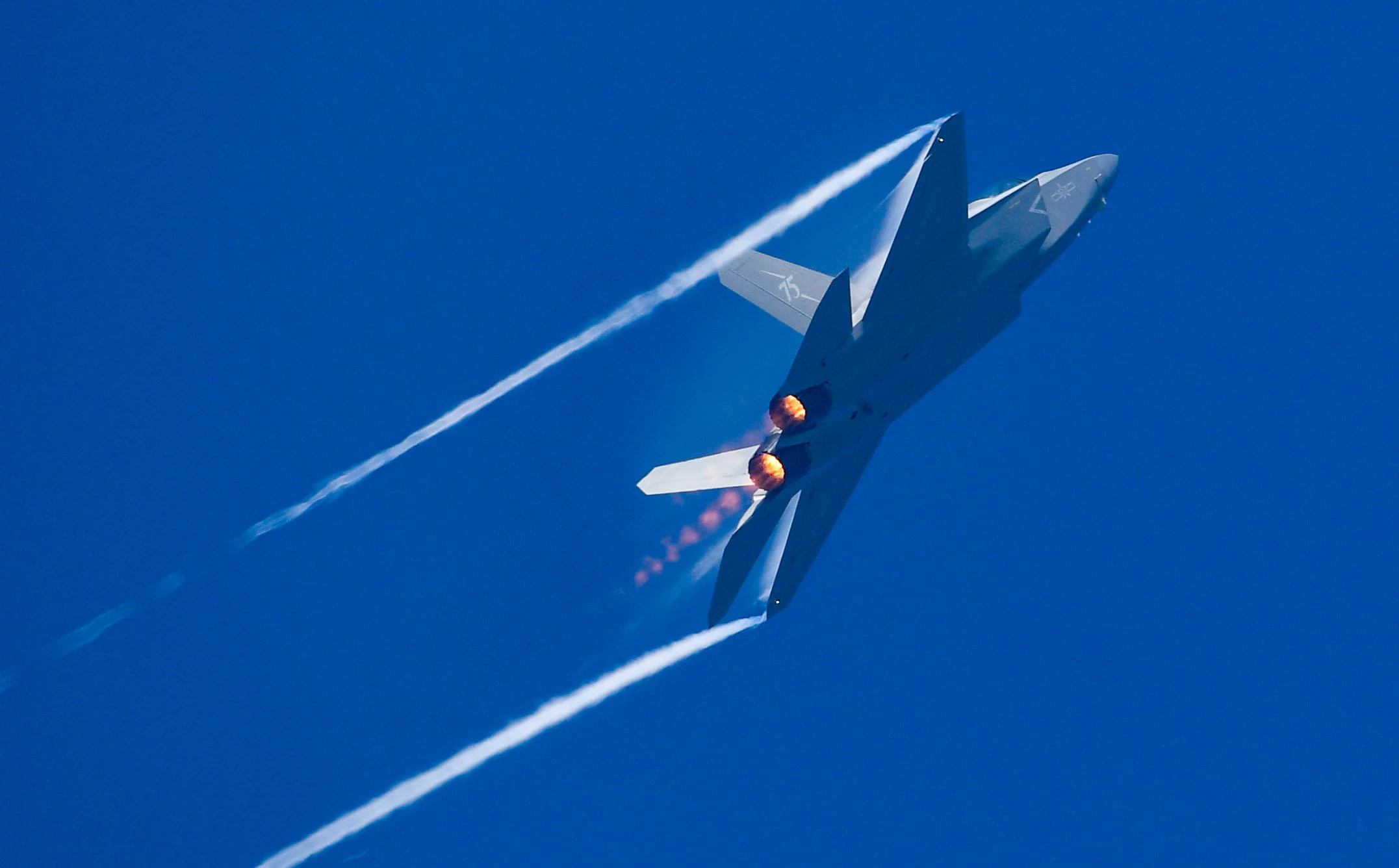By Amber Wang
Copyright scmp

China’s carrier-borne J-35 fighter has a radar cross-section smaller than a human palm, pointing to a big step forward in stealth technology, according to state media.
The size of the cross-section – a measure of how detectable an object is by radar – was revealed in a programme aired on state broadcaster CCTV on Saturday.
“As a stealth fighter, the J-35 series’ low observability comes from its unique airframe shape and the country’s proprietary metamaterial technology,” CCTV reported.
“In the electromagnetic world, this ‘steel giant’s’ radar cross-section is smaller than a human palm.”
The J-35 is a fifth-generation, carrier-based stealth fighter and while its exact radar cross-section remains classified, the report suggests that it is in the 10-100cm² range, making it comparable to that of the US’ F-35 fighter.
The F-35 has a radar cross-section of around 15cm², about the size of a golf ball, according to the Indian Defence Research Wing military website.
The website also said the figure for China’s J-20 fighters was less documented, with estimates ranging from 100 to 1,000cm².
Stealth matters to a fighter jet because it increases its survivability by making it harder for enemy radar to detect, track, and target the aircraft.
The fifth-generation jets have come a long way in this area, with fourth-generation fighters such as the F-16 having a radar cross-section of 5m² and the F-15 25m², according to military news website War Wings Daily.
The US Lockheed Martin F-22 Raptor is widely considered the stealthiest fighter jet in the world, with its cross-section estimated to be as low as 1cm², or roughly the size of a marble, making it nearly invisible to radar systems.
China first unveiled the air force variant J-35A at the Zhuhai air show last year, and both the J-35 and J-35A featured in the aerial formations for the military parade commemorating the 80th anniversary of the end of World War II on September 3.
Previously, CCTV described the J-35A as the stealthiest aircraft in the world.
Meanwhile, the J-35 has completed catapult launch and arrest landing tests on China’s first electromagnetic catapult-equipped aircraft carrier, the Fujian, according to footage released by CCTV earlier this month.
The J-35 is the world’s second carrier-based stealth fighter after Lockheed Martin’s F-35 series, and the tests mark the first time the aircraft has taken off from such a vessel.
The CCTV programme on Saturday also said the J-35 had a maximum take-off weight of nearly 30 tonnes.
The J-15T and KJ-600 airborne early warning and control aircraft were also reportedly launched via catapults from the Fujian, a capacity that had previously been exclusive to the US.
These developments indicate that the commissioning of the Fujian is approaching. The carrier transited the Taiwan Strait earlier this month into the South China Sea for tests, according to CCTV.



